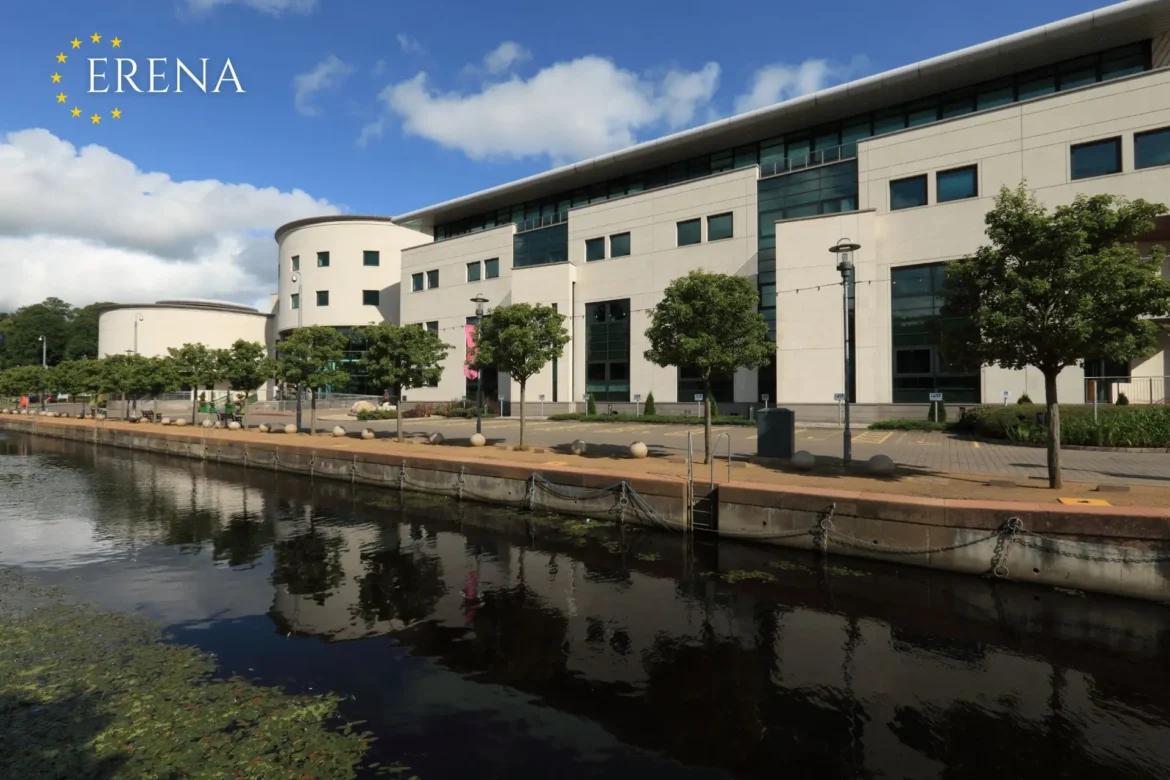Lisburn is one of the largest cities in Northern Ireland, located just 13 kilometers southwest of Belfast. Thanks to its strategic location, excellent transport connections, and relatively affordable property prices, Lisburn has become increasingly attractive to both private homebuyers and property investors in recent years. This article explores how transport and financial accessibility, along with demand levels, are shaping Lisburn’s real estate market.
📍 Geography and Transport Links
Lisburn is a prime choice for people working in Belfast but seeking a quieter and more affordable place to live. The M1 motorway connects the two cities, allowing for a 15–20 minute commute. In addition, Lisburn’s train station provides regular and reliable rail services to Belfast and other towns, making it ideal for daily commuters.
Its geographic location makes Lisburn a classic example of a “commuter town,” where people live outside the urban center but work within it. This significantly boosts housing demand, particularly in areas with good access to transportation infrastructure.
💼 Economy and Local Infrastructure
Lisburn is more than just a commuter suburb. The city has a well-developed industrial base, with a range of businesses operating in manufacturing, retail, and services. Major shopping hubs such as the Sprucefield Centre, along with schools, hospitals, and recreational spaces, add to its appeal as a self-sufficient and livable community.
These factors directly contribute to consistent demand for housing — both among locals and newcomers.
🏘 Demand for Housing
The demand for property in Lisburn has been stable and steadily increasing. Key drivers include:
- Proximity to Belfast: Many people choose Lisburn to enjoy more space and better value for money while remaining close to work.
- Strong public infrastructure: Good schools, healthcare, and shopping options make it family-friendly.
- Low crime rates: The city is considered one of the safest in the region.
- Green surroundings: Parks, the River Lagan, and walking paths support a high quality of life.
💶 Property Prices in Lisburn (2025)
Average property prices in Lisburn (converted to euros, as of early 2025):
| Property Type | Average Price (€) |
|---|---|
| Apartment (1–2 bedrooms) | €150,000 – €230,000 |
| Townhouse | €200,000 – €290,000 |
| 3-Bedroom House | €250,000 – €370,000 |
| 4+ Bedroom House | €330,000 – €450,000 |
By comparison, similar properties in Belfast are 10–20% more expensive, making Lisburn a cost-effective alternative.
📈 The Role of Accessibility in Market Formation
Accessibility — both physical (transport) and financial (affordability) — plays a central role in shaping Lisburn’s real estate market. The ability to live in a quieter, greener environment while maintaining easy access to a major city offers buyers a desirable balance of convenience and lifestyle.
Financial accessibility is especially attractive for first-time buyers and young families, who find it easier to get on the property ladder in Lisburn than in Belfast or other larger cities.
🧱 Supply and New Development
Despite growing demand, the supply of new housing in Lisburn remains constrained due to:
- Limited land availability for construction;
- Strict planning and building regulations;
- Rising construction material costs.
These constraints have slowed down the pace of new housing development, putting upward pressure on prices and limiting availability.
🏠 Rental Market Trends
Lisburn’s rental market is also experiencing growth:
| Rental Type | Average Rent (€ / month) |
|---|---|
| 1-Bedroom Apartment | €800 – €1,100 |
| 2–3 Bedroom House | €1,200 – €1,500 |
| House with garden near schools | From €1,600 |
Rental demand is driven by young professionals, remote workers, and students who study or work in Belfast but prefer more affordable living conditions.
💼 Investment Potential
Lisburn is increasingly seen as a promising destination for property investment, thanks to:
- Steady rental income potential;
- Annual capital growth of 5–7%;
- Low vacancy rates;
- Consistent tenant demand.
In addition, Northern Ireland’s relatively low property tax structure compared to the Republic of Ireland makes Lisburn appealing to investors from across the UK and EU.
📌 Conclusion
The Role of Accessibility and Demand in Shaping the Real Estate Market in Lisburn has become increasingly evident in recent years. The city’s proximity to Belfast, affordable housing prices, high quality of life, and expanding infrastructure make it a magnet for buyers, renters, and investors alike.
However, to ensure sustainable growth, city planners and developers must address the housing supply bottleneck, manage price increases, and preserve the natural and architectural character of the area. If Lisburn continues to balance growth with livability, it is well-positioned to become one of Northern Ireland’s most attractive real estate markets for years to come.

